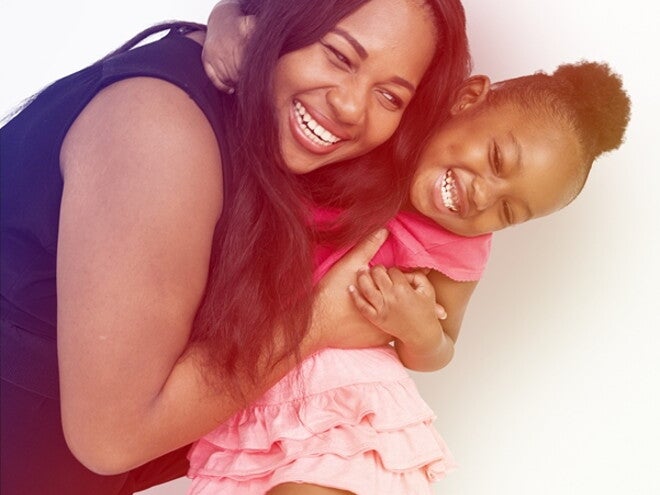
40 Months Milestone
Children express their fears in various ways
Most become whiny and clingy. Some become uncharacteristically naughty and some act like babies to try and force their parents to devote more attention to them. Others withdraw and become overly picky about things. Some even show unexpected bouts of aggression.
This is when many parents ignore their children or send them into time-out.
This sounds perfectly reasonable, until one stops to consider what the child needs.
Anxious children need the exact opposite of being ignored or sent into time-out. They need attention and reassurance. Why? The reason they are acting out is that they feel unwanted.
Touch Therapy
Imagine a circle around every child called “the circle of resilience” which makes them resilient to stress. Now, see this circle shrink as everyday frustrations and feelings of being disconnected from parents eat away at it.
This is a good way of explaining the impact of stress on children.
The problem is that some frustrations are inevitable: parents experience conflict, siblings grab and adults refuse to hand over cookies for dinner.
What’s more, children feel disconnected when parents are busy and emotionally distant.
When parents are not truly 100 % present, but quick to attend to other things, little ones feel as if they are a burden and that their relationship with their parents is hanging by a thread.
When a child’s circle of resilience gets uncomfortably small, everything becomes too much.
They become whiny and clingy and easily upset by the most unlikely things.
Parents have circles too.
Parents’ circles also erode when typical everyday frustrations eat away at them and when they feel disconnected from the people that they love.
And so, before you know it, everyone in the family is edgy and caught up in a negative cycle.
Fortunately, circles can be nurtured to grow bigger again.
Touch therapy can be used to enlarge our circle of resilience.
Deep pressure touch on a child’s muscles triggers their brain to release a valuable hormone called oxytocin, which has a dual function. First, it works to counteract the negative effects of stress hormones in the body. Second, it’s a ‘bonding hormone’ that fosters trust between people.
Touch therapy is called “therapy” because it is healing and it works.
Doing touch therapy for five minutes in the morning and five minutes before bedtime typically makes a very noticeable difference. Within two to three days, children become more resilient to frustration and are less whiny and clingy.
Now that you know that it works, here’s how to do it:
Sit with your child on your lap with their back facing you. Cup the palms of your hands over their shoulders. Then squeeze …. and release.
Repeat these “squeeze and release” movements slowly and move your hands a little farther down towards their wrists every time you do it.
When you reach their hands, squeeze them together in front of their body.
Repeat, but now move your hands from their hips down towards their feet.
Next, place your hands on either side of their head to cover their ears and give their head a long and loving hug.
Do this, moving repeatedly from their arms to their legs and head for at least five minutes at specific times twice a day to get the desired impact.
One last comment
Be careful not to do touch therapy directly after an emotional outburst to ensure your child doesn’t start seeing it as a reward.
The best times for spreading your love with touch therapy are early in the morning, when you get back from work, and/or just before bedtime.
Tip: Positive Parenting: The 5-step plan for dealing with meltdowns
- Stay calm.
- Use a loving tone.
- Stand your ground. When your child doesn’t have a choice, state the facts. For example: “Honey, it’s cold out and you need to put that jacket on. Those are the facts.”
- “Staylisten” if they explode. “Staylistening” is when you let your child cry and get it all out. Focus on being warm and reassuring, without offering explanations or trying to fix the situation. Simply say, “This is really hard for you, hey?”
- The last step is called ‘start over’. When the storm is over, hold your child and say, “I love you even on the bad days. Let’s start over, okay?”